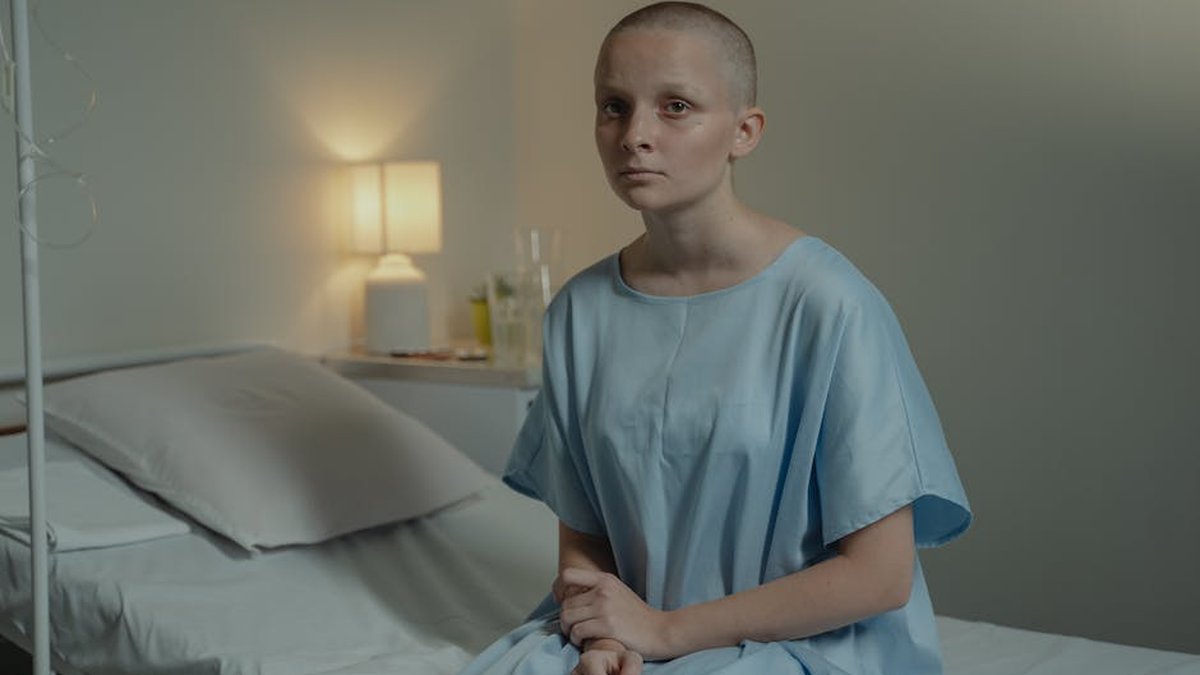October’s Mental Health Focus: Combating Seasonal Affective Disorder (SAD) with Light Therapy and Mindfulness
Understanding Seasonal Affective Disorder (SAD)
October marks the beginning of shorter days and longer nights, a beautiful transition for some, but a challenging period for others. As the days grow shorter, many people experience a dip in their mood and energy levels, which could be a sign of Seasonal Affective Disorder (SAD). SAD, sometimes called the ‘winter blues,’ is a type of depression that’s related to changes in seasons. It typically begins in the fall and continues into the winter months, sapping your energy and making you feel moody.
While the exact cause of SAD isn’t fully understood, it’s believed that reduced sunlight exposure disrupts the body’s internal clock (circadian rhythm) and affects serotonin and melatonin levels, neurotransmitters that regulate mood and sleep. Recognizing the symptoms is the first step towards managing SAD effectively.
Common Symptoms of SAD
The symptoms of SAD can vary from person to person, but some of the most common include:
- Persistent feelings of sadness or hopelessness
- Loss of interest in activities you once enjoyed
- Changes in appetite or weight, often craving carbohydrates
- Fatigue and low energy levels
- Difficulty concentrating
- Sleeping too much
- Irritability and anxiety
- Social withdrawal
If you experience several of these symptoms for more than two weeks during the fall and winter months, it’s essential to consult with a healthcare professional for an accurate diagnosis.
Light Therapy: A Ray of Hope
Light therapy, also known as phototherapy, is a common and effective treatment for SAD. It involves sitting near a special light box that emits a bright light similar to natural sunlight. This light helps to regulate your circadian rhythm and boost serotonin levels, improving your mood and energy levels.
How Light Therapy Works
The bright light from the light box mimics natural sunlight, which helps to:
- Reset your internal clock, regulating your sleep-wake cycle.
- Increase serotonin levels, promoting feelings of happiness and well-being.
- Reduce melatonin levels, combating feelings of sleepiness and fatigue.
Using a Light Box Effectively
To get the most out of light therapy, follow these tips:
- Choose the right light box: Look for a light box that emits 10,000 lux and filters out harmful UV rays.
- Use it regularly: Aim for 20-30 minutes of light therapy each morning, especially during the darker months.
- Position it correctly: Place the light box about 12-24 inches away from your face, slightly off to one side. Avoid looking directly at the light.
- Be consistent: Consistency is key. Continue using the light box even on sunny days to maintain its benefits.
While light therapy is generally safe, some people may experience mild side effects such as headaches, eye strain, or nausea. If you experience any discomfort, consult with your doctor.
Mindfulness: Cultivating Inner Peace
Mindfulness is the practice of paying attention to the present moment without judgment. It can be a powerful tool for managing the symptoms of SAD, helping you to cope with negative thoughts and emotions, reduce stress, and improve your overall well-being.
Mindfulness Techniques for SAD
Here are some mindfulness techniques you can incorporate into your daily routine:
- Meditation: Dedicate a few minutes each day to sit quietly and focus on your breath. Notice your thoughts and emotions without judgment, allowing them to pass without getting carried away. Apps like Headspace and Calm can provide guided meditations.
- Body Scan Meditation: Bring your attention to different parts of your body, noticing any sensations without judgment. This can help you become more aware of your physical state and release tension.
- Mindful Walking: Pay attention to the sensations of your feet touching the ground as you walk. Notice the sights, sounds, and smells around you.
- Mindful Breathing: Take a few deep breaths, focusing on the sensation of the air entering and leaving your body. This can help you calm your mind and reduce anxiety.
Incorporating Mindfulness into Daily Life
You can practice mindfulness in everyday activities, such as:
- Eating: Savor each bite of your food, paying attention to the taste, texture, and smell.
- Washing dishes: Focus on the sensation of the water on your hands and the smell of the soap.
- Drinking a cup of tea: Notice the warmth of the cup in your hands and the aroma of the tea.
By incorporating mindfulness into your daily routine, you can cultivate a greater sense of awareness and presence, helping you to manage the symptoms of SAD and improve your overall mental well-being.
Combining Light Therapy and Mindfulness
The combination of light therapy and mindfulness can be a powerful approach to combating SAD. Light therapy helps to regulate your circadian rhythm and boost serotonin levels, while mindfulness helps you to cope with negative thoughts and emotions and reduce stress.
Try practicing mindfulness meditation while using your light box. This can help you to relax and focus your mind, enhancing the benefits of both therapies. You can also incorporate mindful breathing exercises into your daily routine to manage stress and improve your mood.
Taking Charge of Your Mental Health This October
October is a time to focus on mental health awareness. By understanding SAD and utilizing effective strategies like light therapy and mindfulness, you can take charge of your mental well-being and navigate the darker months with greater ease and resilience. Don’t hesitate to reach out to a healthcare professional if you’re struggling with SAD or any other mental health concerns. Remember, you’re not alone, and help is available.






